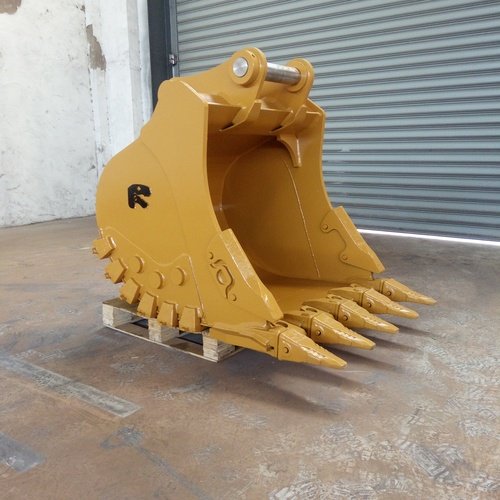
When it comes to excavation in rocky terrains, quarries, or construction sites, having the right Rock Bucket can make all the difference. Excavators are only as efficient as the attachments they use, and rock buckets are designed specifically to handle the toughest materials like stones, boulders, and compact earth. Choosing the right bucket for your job not only improves productivity but also ensures equipment longevity and cost efficiency.
In this blog, we’ll explore the different types of excavator rock buckets, their unique designs, and the specific applications where they perform best.
A Rock Bucket is a heavy-duty attachment used with excavators, designed to dig and handle materials that are too dense or abrasive for standard earthmoving buckets. Unlike general-purpose buckets, rock buckets are reinforced with high-strength steel, wear-resistant edges, and robust teeth to withstand the constant impact of breaking and carrying rock.
They are typically used in:
Quarrying and mining operations
Road and dam construction
Site clearing in rocky or uneven terrain
Demolition and foundation digging
Overview:
The Standard Rock Bucket is the most commonly used type for medium to heavy-duty excavation. It’s designed to handle compacted soil, gravel, and broken rock while maintaining durability and balance between strength and capacity.
Features:
Reinforced side cutters and wear plates
Standard penetration teeth
Moderate spacing between teeth for efficient digging
Applications:
Ideal for general rock excavation, foundation digging, and road construction projects. It provides a good combination of performance and cost-effectiveness for contractors handling a variety of terrains.
Overview:
When standard buckets aren’t enough, Heavy-Duty Rock Buckets step in. Built with thicker wear plates, reinforced corners, and stronger cutting edges, these buckets are designed for severe digging conditions involving dense or abrasive rock.
Features:
High-strength steel structure for impact resistance
Side and bottom wear protection
Heavy-duty teeth with optional shrouds
Applications:
Commonly used in quarrying, mining, and large infrastructure projects. These buckets can withstand extreme conditions, making them suitable for continuous rock excavation and hardpan removal.
Overview:
The Extreme-Duty Rock Bucket represents the top tier of strength and durability. It’s designed for the most challenging environments — like granite quarries or mining sites — where rocks are oversized, jagged, and highly abrasive.
Features:
Double-reinforced structure with additional wear strips
High-grade steel teeth and side cutters
Reduced bucket capacity for increased power and precision
Applications:
Perfect for mining operations, demolition of concrete structures, and rock trenching in highly compacted layers. Although they have smaller capacity, these buckets provide unmatched penetration and wear life.
Overview:
A Skeleton Rock Bucket (also known as a Sifting or Screening Bucket) is designed to separate rocks and large debris from finer materials like soil or sand. Its slotted design allows smaller particles to fall through while retaining larger materials.
Features:
Slotted or grid design for material separation
Reinforced ribs for added durability
Lightweight yet strong structure
Applications:
Ideal for landscaping, road maintenance, and site cleanup. It’s frequently used in agriculture and construction to filter materials efficiently while saving time on post-sorting.
Overview:
The Ripper Rock Bucket combines the digging efficiency of a ripper with the material-handling capacity of a bucket. It’s equipped with strong, pointed teeth that penetrate hard rock layers before scooping.
Features:
Extended, sharp teeth for deep penetration
Reinforced side plates for added stability
Designed for high breakout forces
Applications:
Used in frozen ground excavation, hard rock quarrying, and demolition. This bucket type minimizes the need for pre-ripping, thereby reducing operating time and machine wear.
Overview:
The V-Shaped Rock Bucket has a distinctive profile designed to dig trenches in rocky ground. The V-shape helps concentrate the digging force at the bucket’s centerline for deeper penetration.
Features:
V-shaped design for efficient trenching
Durable cutting edges and reinforced tips
Ideal for narrow trench applications
Applications:
Commonly used in pipeline installation, drainage work, and utility projects where precision trenching in hard ground is required.
Selecting the correct Rock Bucket depends on several factors:
Material Type: Hardness, abrasiveness, and density of the ground.
Machine Size: Ensure compatibility with the excavator’s tonnage.
Operation Type: Digging, loading, sifting, or trenching.
Wear Resistance: For long-term use, prioritize buckets with reinforced wear plates and replaceable teeth.
Investing in the right bucket not only enhances productivity but also reduces equipment wear and maintenance costs.
A Rock Bucket is more than just an attachment — it’s a crucial tool that determines how effectively your excavator performs in challenging conditions. From heavy-duty quarry operations to precision trenching, choosing the right type ensures safety, efficiency, and cost savings on the job site.
Whether you need a Standard Rock Bucket for general excavation or an Extreme-Duty Bucket for intense mining, understanding their differences helps you make a smarter, more durable investment for your machinery.
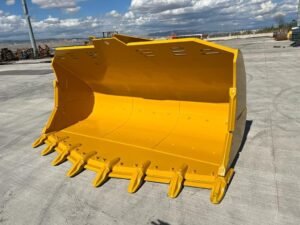
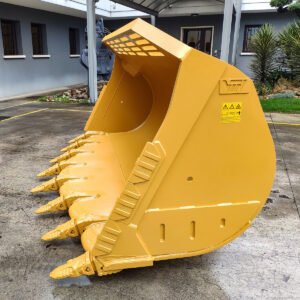
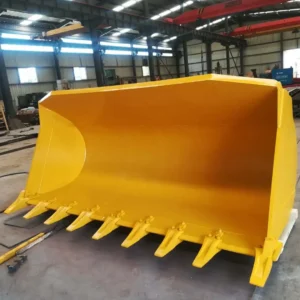
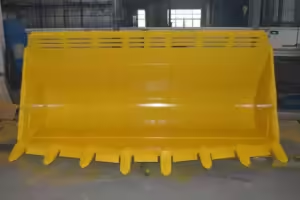
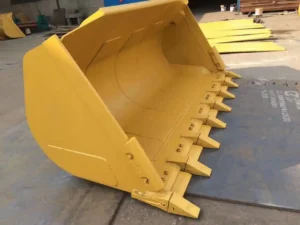
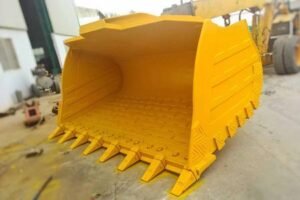
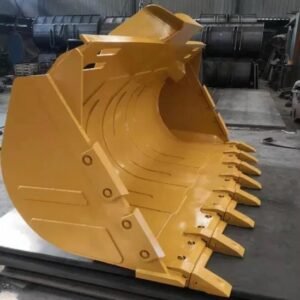
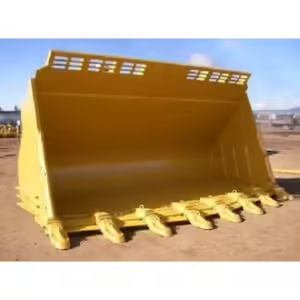
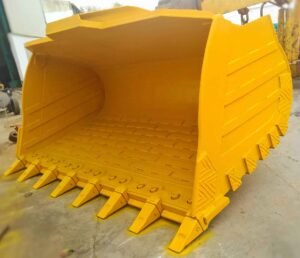
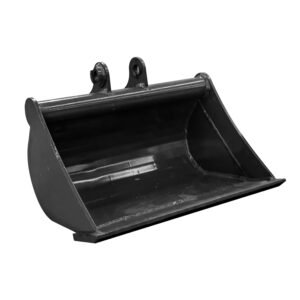
TEAM. All Rights Reserved. Developed by Pixel Tech.